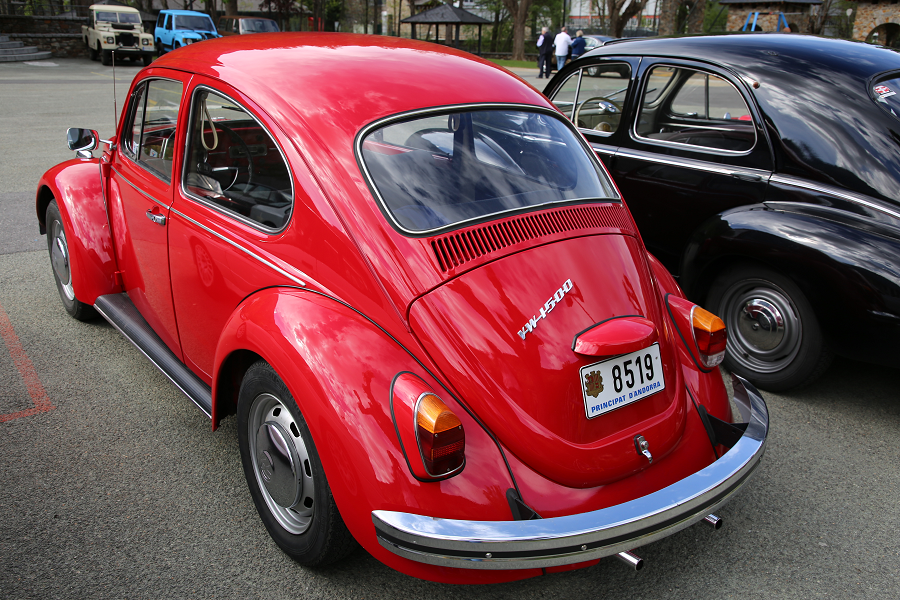VW 1500: red beetle
The Volkswagen Beetle—officially the Volkswagen Type 1, is an economy car that was manufactured and marketed by the German company Volkswagen (VW) from 1938 until 2003. It has a rear-engine design with a two-door bodystyle and is intended for five occupants (later, Beetles were restricted to four people in some countries).
The need for a people’s car (Volkswagen in German), its concept and its functional objectives were formulated by the leader of Nazi Germany, Adolf Hitler, who wanted a cheap, simple car to be mass-produced for his country’s new road network (Reichsautobahn). Members of the National Socialist party, with an additional dues surcharge, were promised the first production, but the Spanish Civil War shifted most production resources to military vehicles to support the Nationalists under Francisco Franco.
Lead engineer Ferdinand Porsche and his team took until 1938 to finalise the design. Béla Barényi is credited with conceiving the original basic design for this car in 1925, notably by Mercedes-Benz, on their website, including his original technical drawing, five years before Porsche claimed to have done his initial version.
The influence on Porsche’s design of other contemporary cars, such as the Tatra V570, and the work of Josef Ganz remains a subject of dispute. The result was the first Volkswagen, and one of the first rear-engined cars since the Brass Era. With 21,529,464 produced, the Beetle is the longest-running and most-manufactured car of a single platform ever made.
1500
For 1967, a yet-again larger-displacement engine was made available: 1500cc, 53 hp (40 kW; 54 PS) at 4,200 rpm. The 1200 and 1300 engines continued to be available, as many markets based their taxation on engine size.
The 1500cc Beetles were equipped with front disc brakes and were identified with a “VW 1500” badge on the engine lid. North America received the 1500 engine as standard equipment, but did not receive front disc brakes. These models were identified by a “Volkswagen” badge on the engine lid.












